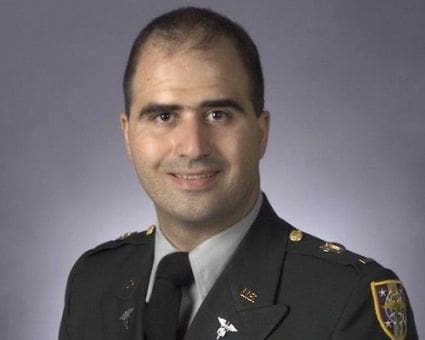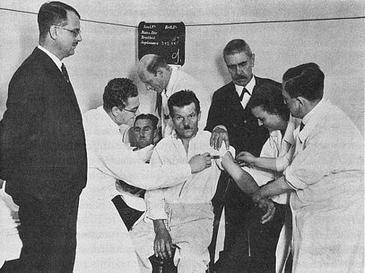1. No Country for Old Men, Cormac McCarthy
The Coen Brothers were so faithful to this book, and McCarthy's writing is so spare, that it might seem redundant to read the book. But if you were as struck by the movie as I was, you should read the book. It might also turn you on to other books by McCarthy.
- “The point is there ain't no point.”
- “Ever step you take is forever. You cant make it go away. None of it. You understand what I'm sayin?”
- “I think by the time you're grown you're as happy as you're goin to be. You'll have good times and bad times, but in the end you'll be about as happy as you was before. Or as unhappy. I've knowed people that just never did get the hang of it.”
- “People complain about the bad things that happen to em that they don't deserve but they seldom mention the good. About what they done to deserve them things.”
- "It takes very little to govern good people. Very little. And bad people cant be governed at all. Or if they could I never heard of it.”
- “I always thought when I got older that God would sort of come into my life in some way. He didn't. I don't blame him. If I was him I'd have the same opinion about me that he does.”
- “You think when you wake up in the mornin yesterday dont count. But yesterday is all that does count. What else is there? Your life is made out of the days it's made out of. Nothin else. You might think you could run away and change your name and I dont know what all. Start over. And then one mornin you wake up and look at the ceilin and guess who's layin there?”
- “Things happen to you they happen. They dont ask first. They dont require your permission.”
2. True Grit, Charles Portis
Extremely funny, in a way that neither movie version (John Wayne/Jeff Bridges) was. Better than either film, which were both great. The recent remake was also a Coen Brothers production.
“People do not give it credence that a fourteen-year-old girl could leave home and go off in the wintertime to avenge her father's blood but it did not seem so strange then, although I will say it did not happen every day. I was just fourteen years of age when a coward going by the name Tom Chaney shot my father down in Fort Smith, Arkansas, and robbed him of his life and his horse and $150 in cash money plus two California gold pieces that he carried in his trouser band.”
...
“Who is the best marshal they have?'
The sheriff thought on it for a minute. He said, 'I would have to weigh that proposition. There is near about two hundred of them. I reckon William Waters is the best tracker. He is a half-breed Comanche and it is something to see, watching him cut for sign. The meanest one is Rooster Cogburn. He is a pitiless man, double-tough, and fear don't enter into his thinking. He loves to pull a cork. Now L.T. Quinn, he brings his prisoners in alive. He may let one get by now and then but he believes even the worst of men is entitled to a fair shake. Also the court does not pay any fees for dead men. Quinn is a good peace officer and a lay preacher to boot. He will not plant evidence or abuse a prisoner. He is straight as a string. Yes, I will say Quinn is about the best they have.'
I said, 'Where can I find this Rooster?”
3. Fear and Loathing in Las Vegas, Hunter S. Thompson
The movie with Johnny Depp was fine, I suppose. But it was an ungodly mess compared to the book, which I probably read a dozen times during high school. Maybe if they assigned books like this, more kids would develop the reading habit.
We were somewhere around Barstow on the edge of the desert when the drugs began to take hold. I remember saying something like "I feel a bit lightheaded; maybe you should drive...." And suddenly there was a terrible roar all around us and the sky was full of what looked like huge bats, all swooping and screeching and diving around the car, which was going about a hundred miles an hour with the top down to Las Vegas. And a voice was screaming "Holy Jesus! What are these goddamn animals?"
Then it was quiet again. My attorney had taken his shirt off and was pouring beer on his chest, to facilitate the tanning process. "What the hell are you yelling about?" he muttered, staring up at the sun with his eyes closed and covered with wraparound Spanish sunglasses. "Never mind," I said. "It's your turn to drive." I hit the brakes and aimed the Great Red Shark toward the shoulder of the highway. No point mentioning those bats, I thought. The poor bastard will see them soon enough.






![[image]](http://si.wsj.net/public/resources/images/RV-AL630_MINDMA_DV_20130920200029.jpg)




















